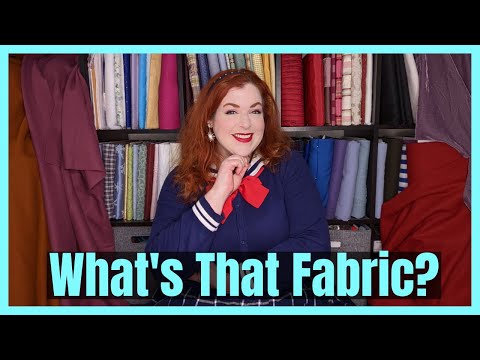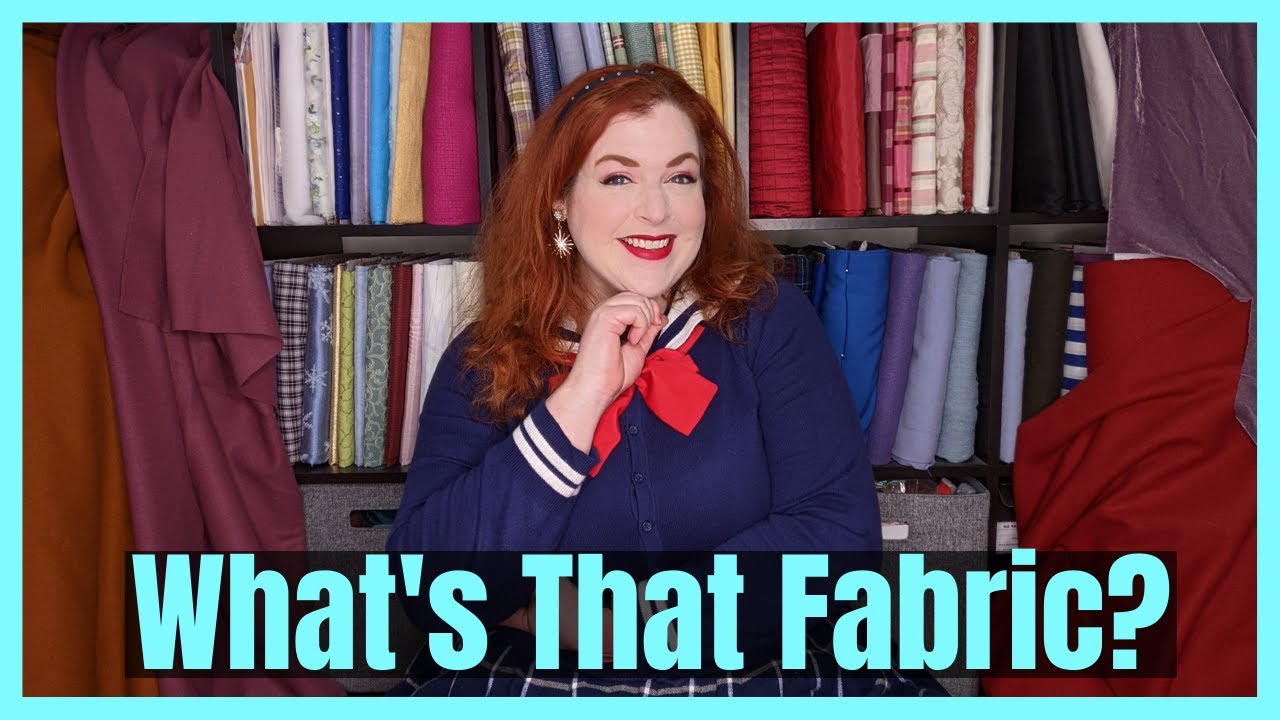Victorian fabric is a captivating blend of elegance, opulence, and timelessness. Immerse yourself in the rich tapestry of this exquisite textile, and transport yourself to a bygone era of grandeur and refinement. With its intricate embroidery, sumptuous brocade, and delicate lacework, Victorian fabric tells a unique story of craftsmanship and sophistication. Each thread is meticulously woven, creating a mesmerizing symphony of colors, patterns, and textures that exude a sense of unparalleled luxury. Whether adorning a regal ball gown, a plush Victorian sofa, or delicate curtains, this fabric instantly adds a touch of class and nostalgia to any setting. Feel the weight of history in your hands as you run your fingers over the silky smoothness, and let the intricate details transport you to a time when beauty and artistry were held in the highest regard. Whether you are a fashion enthusiast, a history buff, or simply someone who appreciates the finer things in life, Victorian fabric is sure to captivate your senses and leave an indelible impression. Rediscover the allure of the past with this timeless textile that continues to inspire and enchant to this day.

The Elegance and Splendor of Victorian Fabric
Victorian fabric, with its intricate designs and luxurious textures, is a timeless reminder of an era when elegance and opulence were highly valued. The Victorian era, which spanned from 1837 to 1901, was characterized by a fascination with elaborate fashion and interior design. From silk and velvet to lace and brocade, Victorian fabric embodied the grandeur and refinement of this period in history.
The Influence of Queen Victoria
Queen Victoria, who reigned over the United Kingdom during this period, greatly influenced the fashion and textile industry. Her personal preferences for elaborate clothing and luxurious fabrics set the tone for the entire era. As a result, many fabric manufacturers sought to emulate the Queen's taste and produce textiles that would appeal to the upper class.
The Signature Fabrics of the Victorian Era
Silk, with its lustrous sheen and smooth texture, was one of the most popular fabrics of the Victorian era. It was used for a wide range of garments, including dresses, bonnets, and shawls. Silk was often embellished with intricate embroidery or lace trimmings, further enhancing its elegance and beauty.
Velvet was another favored fabric during this period. Its soft and plush texture made it ideal for creating luxurious garments, such as evening gowns and coats. Velvet often featured elaborate patterns, such as floral motifs or paisley designs, which added depth and richness to the fabric.
Lace, known for its delicate and intricate patterns, was highly sought after by Victorian women. It was used to adorn collars, cuffs, and underskirts, adding a touch of femininity to the overall ensemble. Lace was often made using traditional techniques, such as bobbin lace or needle lace, which required immense skill and patience.
Brocade, with its raised patterns woven into the fabric, was a staple of Victorian upholstery and drapery. This heavy and luxurious fabric was commonly used for curtains, cushions, and upholstery, adding a sense of grandeur and richness to the interiors of Victorian homes.
Muslin, a lightweight cotton fabric, was widely used for undergarments and daywear during the Victorian era. It was prized for its breathability and softness, making it suitable for everyday wear. Muslin dresses were often embellished with lace or embroidery to add a touch of elegance.
The Manufacturing Process
The production of Victorian fabric was a labor-intensive process that required skilled artisans and intricate machinery. Silk, for example, was made from the fibers of silkworm cocoons. These fibers were carefully unraveled, spun into thread, and then woven into fabric using looms.
Velvet, on the other hand, was created by weaving two sets of yarn together, with one set forming the raised pattern and the other set forming the base. This complex weaving technique resulted in the signature soft and textured surface of velvet.
Lace was traditionally made by hand using various techniques, including bobbin lace, needle lace, and tatting. Skilled lacemakers would meticulously weave and knot threads together to create intricate patterns and designs.
Brocade, with its elaborate patterns, was typically woven on Jacquard looms. These looms used punch cards to control the weaving process, allowing for the creation of intricate designs. Brocade fabric often incorporated metallic threads, such as gold or silver, to further enhance its opulent appearance.
Muslin, being a simple cotton fabric, was relatively easier to produce compared to the other fabrics mentioned. Cotton fibers were spun into yarn, which was then woven into a lightweight and breathable fabric.
Preserving Victorian Fabric Today
Despite the passage of time, Victorian fabric continues to captivate us with its timeless beauty. Many antique textiles and garments from the Victorian era have been preserved in museums and private collections, serving as a window into the past.
For those interested in incorporating Victorian fabric into their own homes or wardrobes, there are several options available. Antique stores and online marketplaces often offer a variety of Victorian fabric remnants or vintage garments. These can be repurposed into unique home decor items or incorporated into modern fashion designs.
Additionally, there are textile manufacturers today who specialize in creating Victorian-inspired fabrics. These fabrics capture the essence of the era while incorporating modern production techniques and materials, making them more accessible for contemporary use.
Whether you choose to admire Victorian fabric as a historical artifact or incorporate it into your own personal style, its elegance and splendor are sure to leave a lasting impression. The legacy of Victorian fabric continues to inspire and delight, reminding us of a time when beauty and refinement were cherished above all.
Fabric Through the Ages: A Historical Costumer's Brief Journey
Video Source : Lady Rebecca Fashions
Victorian Fabric
Victorian Fabric
| Pattern | Color | Material | Usage |
|---|---|---|---|
| Brocade | Rich jewel tones | Silk or silk-blend | Used for luxurious upholstery and formal garments. |
| Chintz | Pastel shades with floral motifs | Cotton | Popular for draperies and upholstery, often seen in conservatories and drawing rooms. |
| Toile de Jouy | Classic white or cream background with intricate scenes | Cotton or linen | Adorned elegant drawing rooms and bedrooms, depicting pastoral or historical themes. |
| Velvet | Deep, rich hues | Silk or cotton-pile | Opulent choice for upholstered furniture and formal attire, often associated with Victorian opulence. |
| Damask | Contrasting colors with elaborate patterns | Silk or linen | Regarded as a symbol of wealth, used for draperies, wall coverings, and upholstery. |
Victorian fabric exemplifies the elegance and grandeur of the era. Each fabric mentioned in the table above played a significant role in shaping the Victorian aesthetic. Brocade, with its rich jewel tones and luxurious silk or silk-blend composition, was favored for upholstery and formal garments, adding a touch of sophistication to any space or attire.
Chintz, on the other hand, boasted pastel shades adorned with delicate floral motifs. This cotton fabric found its place in the draperies and upholstery of conservatories and drawing rooms, infusing these spaces with a light and airy ambiance.
Toile de Jouy, characterized by its classic white or cream background embellished with intricate scenes, was a staple in elegant Victorian drawing rooms and bedrooms. Typically crafted from cotton or linen, this fabric depicted pastoral or historical themes, transporting viewers to idyllic landscapes or enchanting narratives.
Velvet, with its deep and sumptuous hues, captured the essence of Victorian opulence. Whether made from silk or cotton-pile, this fabric was a popular choice for upholstered furniture and formal attire, evoking a sense of luxury and refinement.
Lastly, damask, known for its contrasting colors and elaborate patterns, symbolized wealth and prosperity during the Victorian era. Often crafted from silk or linen, damask found its place in draperies, wall coverings, and upholstery, adding a regal touch to any interior space.
These fabrics were not only functional but also served as a means of self-expression and social distinction. Their intricate designs and sumptuous textures continue to captivate admirers of Victorian style, allowing us to experience a glimpse of the elegance that once defined the era.

